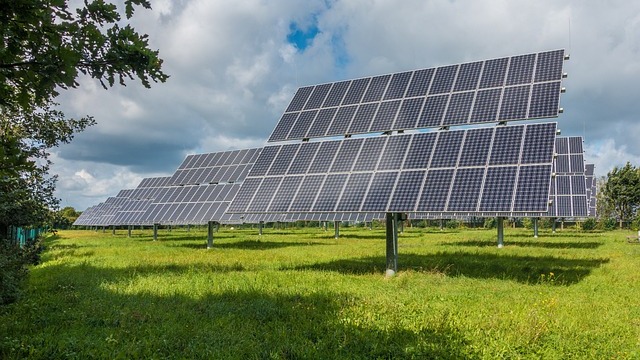
Mining and the Green Energy Challenge
The global push toward decarbonization is challenging the way we think about the mining industry. As the demand for electric vehicles (EVs) and renewable energy solutions grows, the building blocks of this transition—critical minerals like lithium, copper, and nickel—are in short supply. However, the journey of sourcing these essential materials is not as straightforward as it may appear.
Understanding the Complexity of Critical Minerals
Ernest Shider, author of The War Below: Lithium, Copper, and the Global Battle to Power Our Lives, delves deeply into how the extraction of critical minerals can impact sustainability efforts. The process of mining these elements varies, as lithium can be extracted differently from nickel and copper, creating a complex web of challenges that we must face as a global community. Shider argues that the sheer volume of minerals required for a successful energy transition has not been adequately address by policymakers.
Examining Historical Context in Mining
Shider emphasizes that much of the U.S. mining regulation remains outdated, with laws dating back to 1872 that do not consider the current demand for energy transition minerals. This gap between policy and the modern economy can lead to confusion and obstruction within the industry. It raises important questions about how we should reconcile environmental protections with our need for resources.
Social Connection: Why This Matters
For individual and business investors, understanding the narrative behind these crucial materials is essential. The mining industry is not a standalone sector—it is intertwined with social, environmental, and economic issues that can deeply affect investments. The ethical implications involved in sourcing minerals, such as potential environmental degradation or labor concerns, reflect our broader societal values. Investors who align with sustainable practices may feel a responsibility to support companies that prioritize ethical sourcing.
Future Predictions: Trends Shaping Mining and Green Energy
Looking ahead, the industry is poised for significant changes. As competition for critical minerals increases, companies that adapt to regionalization trends in mining and recycling will find themselves in a stronger position. The Inflation Reduction Act (IRA) aims to incentivize domestic production of critical minerals in the U.S., but how will these dynamics shift with market pressures and foreign competition, especially from China, which has been strengthening its grip on the mining value chain?
Counterarguments and Diverse Perspectives
Shider’s book shines a light on the fact that many voices exist within the debate around mining and environmental impact. Not everyone agrees on what constitutes an appropriate trade-off for mining operations—should cultural heritage sites be sacrificed for critical minerals? These diverse perspectives are critical in understanding the complexities involved in mining for minerals essential for a greener future.
Unique Benefits: Why Knowing This Information is Crucial
For investors, understanding the mining landscape and its intersection with green energy provides a unique opportunity to make informed decisions. Awareness of sourcing practices and the challenges presented by critical mineral extraction can guide investment choices toward more sustainable and responsible options.
Actionable Insights: Opportunities for Investors
Investors seeking to align with sustainability can explore companies focusing on the circular economy and responsible mining practices. Being informed about regulations and market trends enables investors to make strategic decisions that support the larger goals of the energy transition.
Emotional and Human Interest Angle
The human cost of sourcing critical minerals can be staggering, particularly in areas where child labor is prevalent in mining operations, like cobalt sourcing in the Democratic Republic of Congo. Creating awareness around these real-world issues compels consumers to question where their devices come from and the standards that are in place to protect human rights.
Statistical Insights: Understanding the Demand-Supply Gap
The projections for mineral demand are rising sharply—lithium consumption alone has skyrocketed as the automotive industry shifts toward electric vehicles. As investors, keeping an eye on these statistics can provide foresight into which minerals are likely to gain value and which companies are best positioned to meet the demand.
As we assess the overarching narrative connecting mining to green energy efforts, it becomes clear that understanding this relationship is vital for investors eager to thrive in a rapidly evolving market landscape. A thoughtful approach in considering where critical minerals come from and their implications for both investors and society will ultimately shape a more sustainable future.
 Add Row
Add Row  Add
Add 




Write A Comment